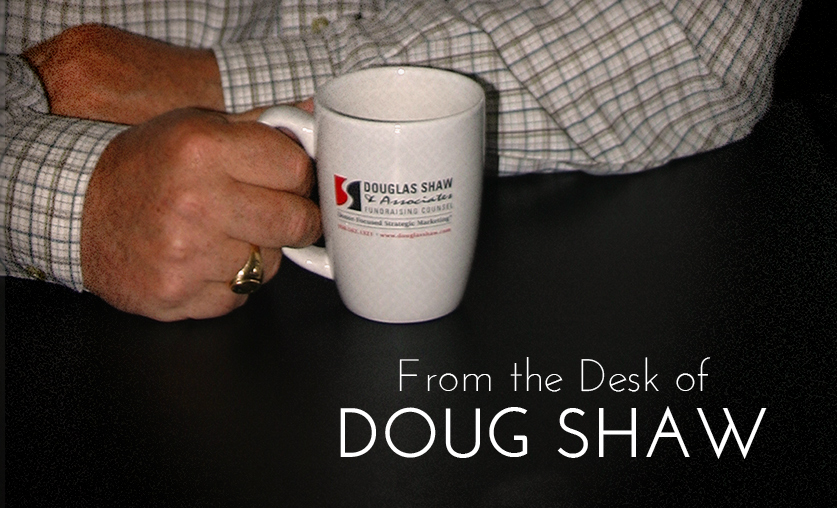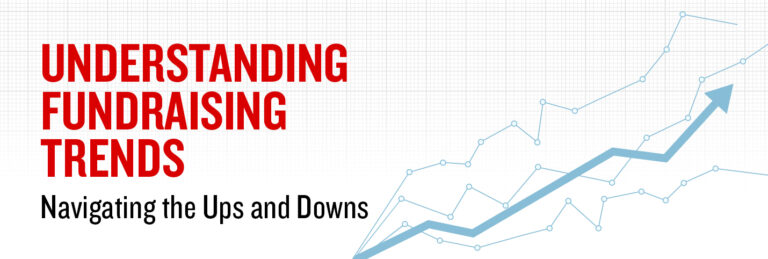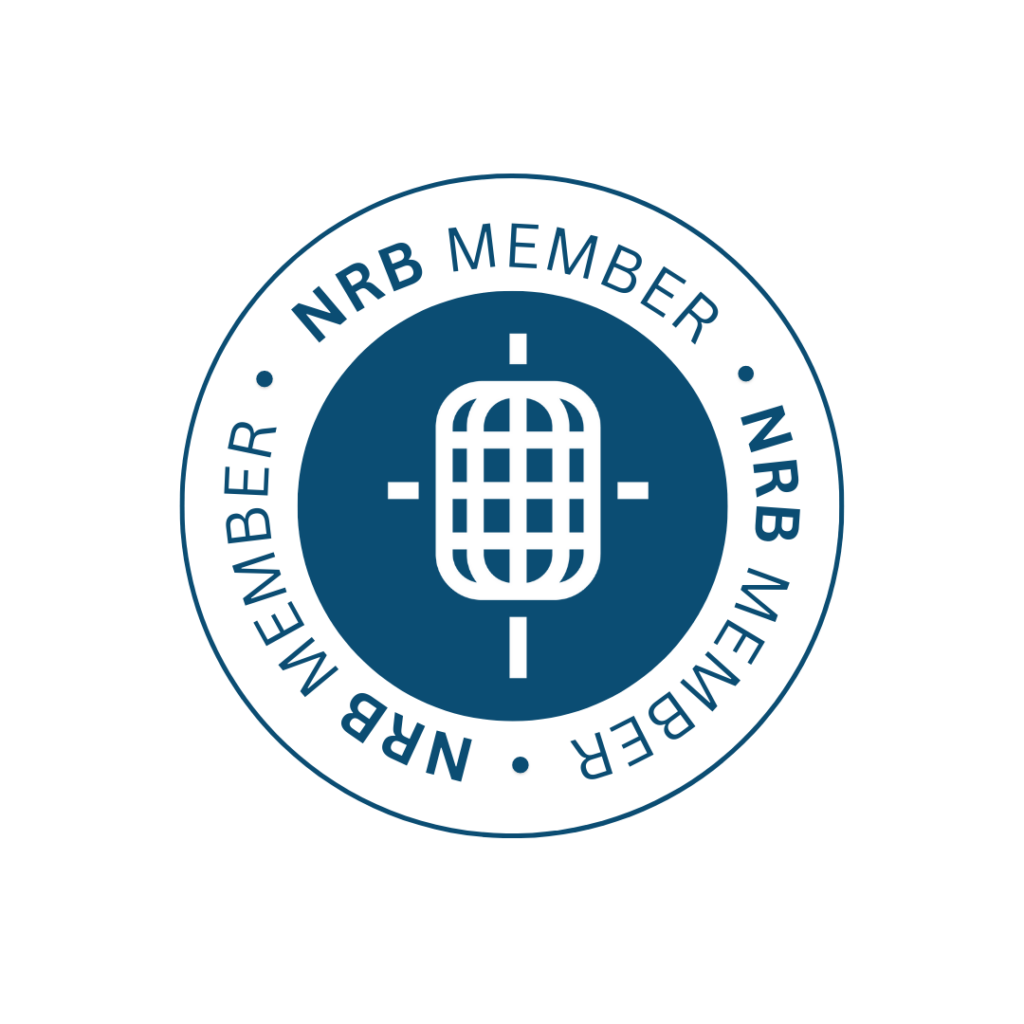Online vs. Offline Channels as Income Sources
There are a lot of rumors, buzz, and desire to pressure you to move most of your organization’s fundraising to online channels, be it email, web, or social media. I’m not certain all of this noise is well intentioned (especially if the nudge is coming from companies that develop websites or make their living solely from social media strategies).
It’s no wonder we listen carefully to these ideas and sometimes even find ourselves wanting those pushing us in this direction to be right. After all, online opportunities are clearly growing and more exciting than snail mail. But there is good reason to be just a little bit cautious, especially since all the research I’m conducting and reading indicates that even in today’s social media world, 90% of all giving continues to come from offline sources.
There may well be a day, in the not too distant future, when online giving increases to the point of passing offline sources as the majority income producer. But as of right now, such is definitely not the case. Just the other day we hosted a representative from one of the largest online services companies. Even he had to admit that no one has, as of now, “cracked the code” which would bring about the total conversion to online fundraising.
Here at Douglas Shaw & Associates we are hired to help nonprofits raise money. That’s what we do. We also develop websites, create social media strategies, and use email as part of a completely integrated path to organizational sustainability. There is absolutely no question that online is here to stay (and most likely to morph into something none of us ever anticipated), but to abandon any channel that produces significant income is premature at best.
Think about it for a moment; people still buy books, they still enter retail establishments, they listen to the radio and watch television. Newspapers and the Postal Service are, perhaps, the most likely candidates for significant downsizing, but in most cases what we are experiencing online is the proliferation of additional communication channels vs. replacement channels. Let me be quick to say that YOU NEED ALL OF THESE CHANNELS AVAILABLE TO YOUR CAUSE. There is simply no question that the proliferation of communication channels positively influences offline giving . . . but that doesn’t mean it has replaced offline channels.
The largest offline source of philanthropic support still comes from major donors in the form of outright gifts, estates, or foundation grants. Who, in their right mind would think of conducting a significant capital campaign solely online?
Direct mail, or snail mail, as it is now known, is the second largest source of offline giving. Think about it, your mailbox is still stuffed full of catalogs, especially during the holidays. Trees are still giving their lives every day just so consumers will have the opportunity to browse through magazines and catalogs. What has changed, however, is how people respond to these print channels. Instead of picking up the phone and calling an 800 number, more and more of us are sitting down in front of our computers and ordering online.
At first it may seem as if I’m making the case for the complete shift to online since it is becoming a very effective way to take orders for products. But let’s remember it is print advertising that is moving the buyer to their computer. Believe me, the big retailers would gladly give up the cost of creating, printing, and mailing catalogs if they could justify it financially. The cost of postage alone would be a huge savings. But such is not the case.
What is true, however, is that purchasing a product is a very different kind of transaction than giving a gift. Purchasing is the act of buying something you want or need. It’s a transaction, and it’s at the very heart of consumerism.
Philanthropic giving is different. In philanthropy, a donor or prospect is presented with an opportunity or need to change or save lives, to make the world a better place. It’s more of a financial vote in favor of their belief in the mission of your organization than it is a transaction. What the donor receives is the sense of personal gratification by making a difference. Giving is a values statement. We give to what we believe in.
How we give is more personal than how we buy products or services. Here in North America, most of us still use checkbooks to accomplish our giving. In Europe the mode of giving has migrated away from checks. But here, it’s still very much a part of our culture, especially with those of us who are aged 55 and older. Now I’m fully aware that the 55 and older donors also use their computers. Every time I speak at a conference or seminar I hear examples of 80-year-old grandmothers who spend much of their day on Facebook. But take a close look at the both the number of checks your organization receives every day and the handwriting on the check. I think you’ll see that the majority of them have been carefully written in penmanship that I only wish I could emulate.
The point I’m trying to make is that we need all the channels we can afford and access to communicate and reinforce the 90% of offline giving, and to enable the 10% who actually give online to have easy access in their giving.
One last and very important point. Do not give in to the temptation to begin providing receipts and thank you letters online. This is a disturbing trend that is costing nonprofits millions if not billions of dollars every day. Yes, it’s both faster and cheaper to send all of your donors an e-receipt, but it also greatly diminishes the all-important bounce-back gifts that arrive in your mail processing department. I’ll spend more time on this in another blog, but for now let me end by saying most nonprofits receive up to 30% of their direct response giving through receipt income. Happy fundraising!
Related articles
-

What to Think of Artificial Intelligence and Its Impact on Fundraising . . .
In trying to summon an image to represent our theme for this issue of Donor Focus, I found myself drawn…
-

Fundraising Meets Artificial Intelligence
In this article, we’ll explore the captivating realm of AI-powered fundraising efforts—the boundless benefits and intriguing challenges that arise when…







